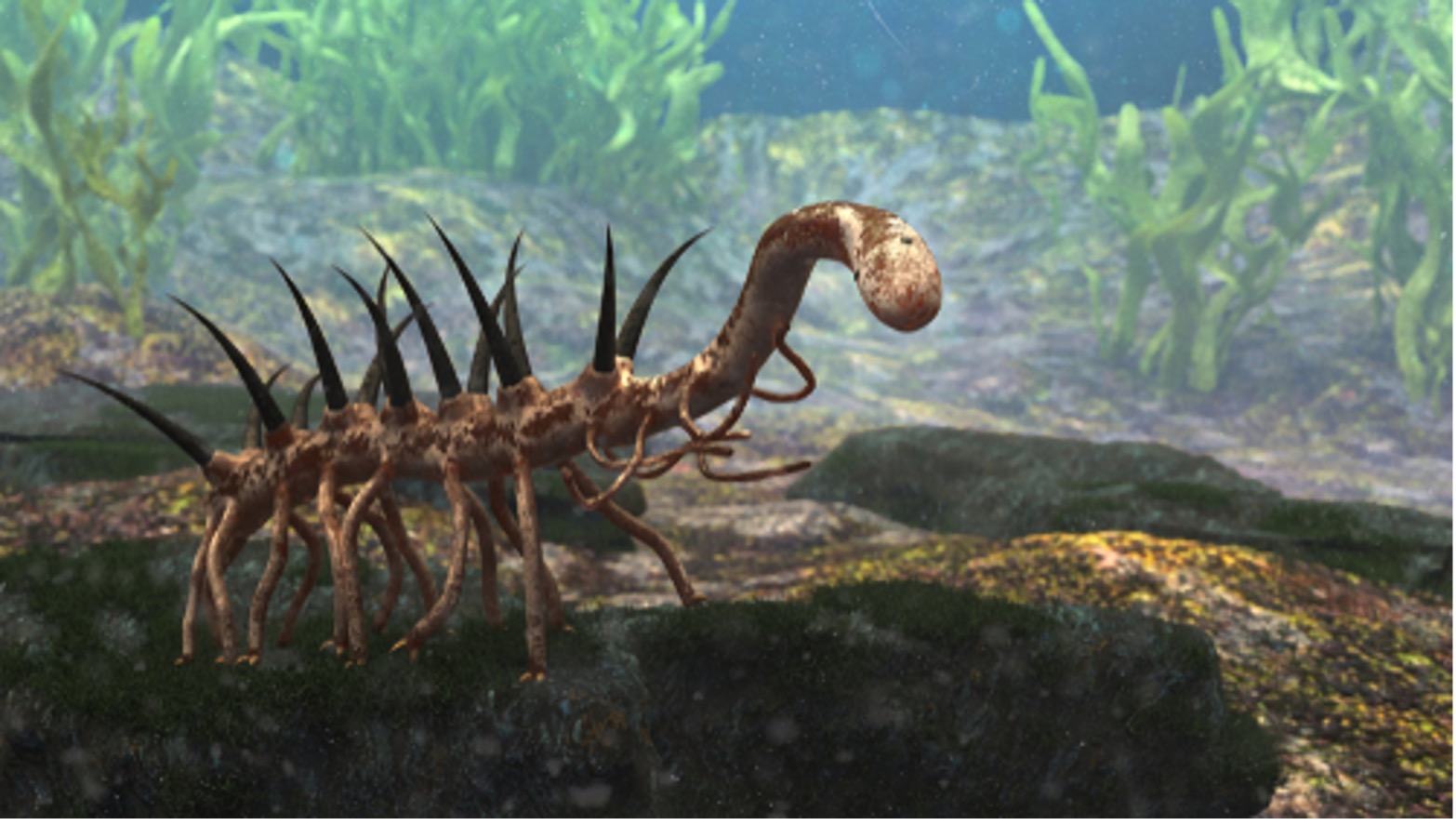By Fanis Michalakis,
There are some fish that look entirely alien. We do not need to look really far; the seahorse is a fish unlike any other in the sea. Then, there are fish that look scary because of their environment, like the fish living in the deep sea. Then, when life began, the world saw some crazy animals, like the hallucigenia which is not a fish but still worth mentioning. Then, there is the sawfish which is nothing of the above, yet still looks like something a kid would draw trying to create the ultimate fish.

You know you start off on the right foot with the name “sawfish” or “carpenter shark” when you are actually a family of rays. To make things more confusing, there are similar in appearance fish called “sawsharks” but they are real sharks and a topic for another day. Sawfish are a group of rays consisting of five species that live in warm waters and can reach a length of 7 m. As is the case with all rays and sharks, the sawfish belong to the class “Chondrichthyes” (cartilaginous fish), meaning that they do not have any bone in their body and the skeleton (and saw) is made out of cartilage.
The trait that sets them apart from other species is (you guessed it) their rostrum, which is shaped like a saw, with teeth sticking out of both sides. As is the case with all rays and sharks, the sawfish belong to the class “Chondrichthyes”, cartilaginous fish, meaning that they do not have any bone in their body and the skeleton (and saw) is made out of cartilage. These “teeth” are not real but specialized scales that grow throughout one’s lifetime and are not replaced if a scale falls off. Their underside looks weird, as both their mouth and nostrils are placed at the bottom of their head and there are two rows of fill slits, each positioned close to the base of the pectoral fins. Even though they might seem scary, the carpenter shark is harmless to humans unless it is provoked, in which case their saws can cause serious injuries.
They use their rostra to sense electrical signals given off by their prey hiding in the sand, digging it out, and dazing it by slashing their saws. The saws are also used for defense, as they can be used to deter predators from approaching, making them an efficient predator, and giving them the necessary tools for survival.

However, in recent years, their populations have decreased drastically due to hunting. There are instances where the fish were caught accidentally in fishing nets and could not get out, and cases, where the saws were tangled in marine litter and pollution globally, causing their natural habitats to collapse, and causing some populations to disappear. Unfortunately, adding to all of the above, is that the sawfish are hunted for their saws. In the last 100 years, there were many displays in museums and houses, and due to their large size, catching a carpenter shark was seen as a “challenge” or “sport”. This is why the IUCN has classified all five species as either “endangered” or “critically endangered” and there are only a few places in the world where the conditions are suitable for their survival.
References
- Sawfish. wessexmuseums.org.uk. Available here
- Sawfish. britannica.com. Available here
- IUCN Red List. iucnredlist.org. Available here




